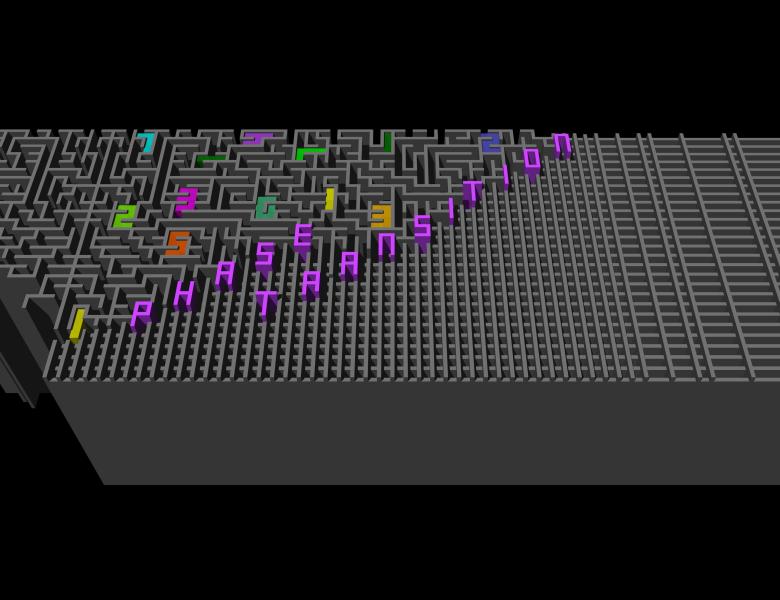Random constraint satisfaction problems undergo several phase transitions as the ratio between the number of constraints and the number of variables is varied. When this ratio exceeds the satisfiability threshold no more solutions exist; the satisfiable phase, for less constrained problems, is itself divided in an unclustered regime and a clustered one. In the latter solutions are grouped in clusters of nearby solutions separated in configuration space from solutions of other clusters. In addition the rigidity transition signals the appearance of so-called frozen variables in typical solutions: beyond this threshold most solutions belong to clusters with an extensive number of variables taking the same values in all solutions of the cluster. In this talk I will present recent results that refine the description of this phenomenon by estimating the location of the freezing transition, corresponding to the disappearance of all unfrozen solutions (not only typical ones). From a technical point of view we have characterized atypical solutions with a number of frozen variables different from the typical value via a large deviation study of the dynamics of a stripping process (whitening) that unveils the frozen variables of a solution, building upon recent works on atypical trajectories of the bootstrap percolation dynamics.
Joint work with Alfredo Braunstein, Luca Dall'Asta and Lenka Zdeborova
